Belt and Road
Your Present Location: PROGRAMS> Belt and Road-
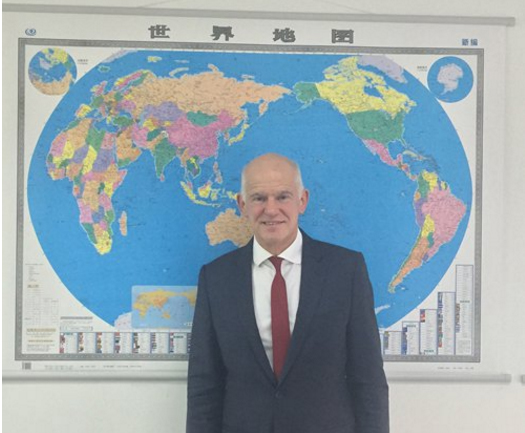
George Papandreou: Greece holds welcoming attitude to B&R integration
Amid the overall enthusiasm about the China-proposed Belt and Road (B&R) initiative, some concerns have been expressed about the sprawling plan. During his recent visit to Beijing, George Papandreou (GP), former prime minister of Greece and current president of Socialist International, talked to Global Times reporter Li Qiaoyi (GT) in an exclusive interview on Friday, offering his observations about how to address B&R-related concerns. Papandreou, who was one of the central figures in the Greek
2017-12-13 -
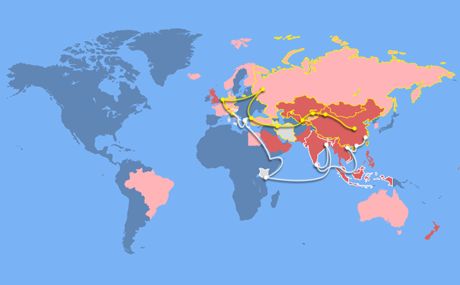
Ding Gang: How can B&R boost local industrialization?
From the current cooperative projects promoted by China, most focus on building infrastructure, such as highways, railways, water conservancy projects and electric power engineering. These projects will form a solid foundation for local economic development.
2017-12-07 -

Financing Belt and Road, opportunities worth over $10t
Chinese banks are looking to tap the opportunities arising from the huge investment and financing demands in the Belt and Road regions, where investors are attracted by the potential of infrastructure and less-developed industries.
2017-12-07 -
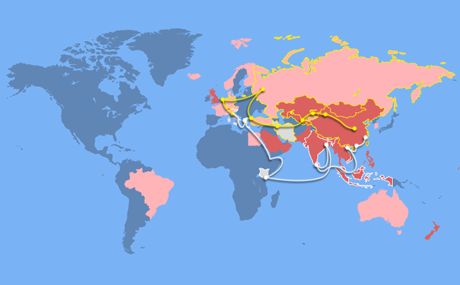
Ding Gang: How can B&R boost local industrialization?
From the current cooperative projects promoted by China, most focus on building infrastructure, such as highways, railways, water conservancy projects and electric power engineering. These projects will form a solid foundation for local economic development.
2017-12-07 -

China, CEEC cooperation a model to advance Belt and Road Initiative
Wang Yiwei, an expert on Europe with Renmin University of China, said that the building of the Belt and Road could improve the "16+1" format which was launched in Warsaw in 2012. "The format serves a framework that we can realize the win-win scenario for China and the European Union," Wang said.
2017-11-28 -

Djomart Otorbaev: What Will `The Belt and Road Initiative` Bring to the World?
ChinaReview Studio recently planned a set of TED Talks on "China’s Road and Prospect". The theme for this column is "What Will `The Belt and One Road Initiative` Bring to the World?", of which the speaker is Djomart Otorbaev, the former Prime Minister of Kyrgyzstan, and a foreign senior fellow of Chongyang Institute for Financial Studies at Renmin University of China.
2017-11-21 -
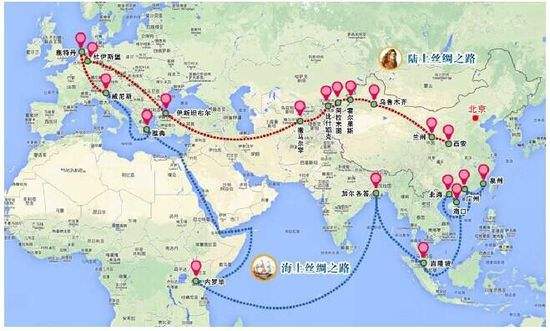
Experts explore China-Thailand cooperation opportunity under B&R
In a recent visit to universities in the northeast of Thailand, Chinese experts, together with Thai and Lao experts, explored the cooperation opportunity between China-Thailand cooperation under the Belt and Road (B&R) Initiative.
2017-11-20 -
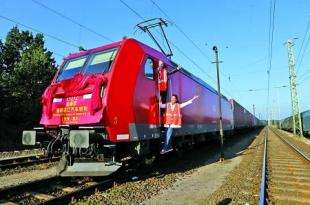
Wang Yiwei: US participation in Belt and Road inevitable
Trade was US President Donald Trump`s focus during his first visit to China, and the deals - worth $253.5 billion - that were signed by the two during his stay will enable the US to better learn about the potential and prospects for economic cooperation. Against this background, it is time for the US to reconsider joining the Belt and Road initiative, which offers wider space for cooperation.
2017-11-15 -
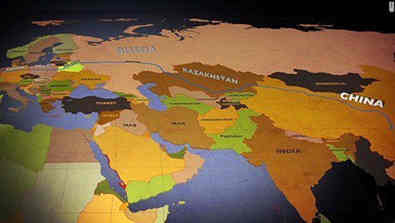
Silk Road is Soft Power for Expanding China
While Washington is seeking a pause in the rapid growth of its international trade, the rest of the world is moving full speed ahead. There is no better example than the fast developing New Silk Road, China’s vast project to facilitate its trade with Europe and connect Central Asia to the world economy.
2017-11-13 -
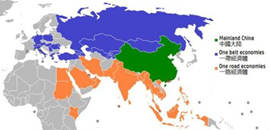
B&R reshapes globalization
The China-proposed Belt and Road (B&R) initiative has reshaped the landscape of globalization and given more importance to emerging markets, and it will play an even more significant role in boosting global economic growth, experts said.
2017-10-19 -

He Yafei: Belt and Road building cultural bridges
The Belt and Road Initiative, which was first proposed by Xi in 2013, has actually pointed the way out of the present impasse, and its success in sustaining growth, stabilizing politics and improving social justice can serve as a source of inspiration especially to countries aspiring to reform their governance.
2017-10-13 -
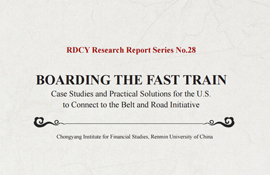
Case Studies and Practical Solutions for the U.S. to Connect to the Belt and Road Initiative
From May 14 to 15, 2017, the Belt and Road Forum for International Cooperation was successfully held in Beijing. This was a grand meeting for all parties to jointly discuss and build the Belt and Road(B&R), and to share the fruits of mutually beneficial cooperation. The delegation of the U.S. attended the meeting and expressed the will to align with the "The Belt and Road" Initiative.
2017-10-12 -

Belt and Road gives Africa `two engines`
Before the Belt and Road Initiative, China-Africa relations were guided by the Forum on China Africa Cooperation. So now, because everyone is talking about Belt and Road, FOCAC is becoming one of the important mechanisms under the general framework of the initiative, says Professor He Wenping.
2017-08-21 -

Ding Gang: Belt and Road can’t be taken as a cash machine
News about the construction of the Kra Canal in southern Thailand appeared on Chinese media again. Thais with close connections to China are reportedly beating the drum and tying the construction with China`s Belt and Road initiative (BRI), through which they think they can acquire financial support for the construction.
2017-08-10 -
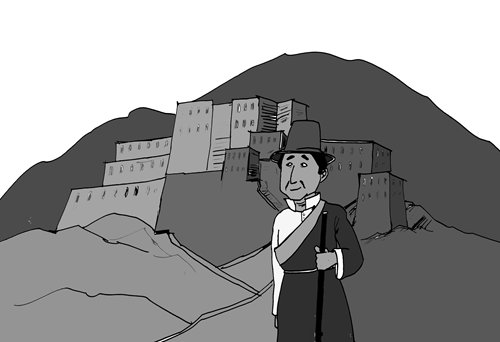
Liu Zongyi: India’s attitude may hinder Tibet’s B&R involvement
A number of provinces and cities are eager to be involved in the "Belt and Road"(B&R) initiative, including Southwest China`s Tibet Autonomous Region. The opening-up of Tibet is in line with the general trend, but due to some historical and geopolitical factors, it has had to face some special challenges involving international strategy and security in the process of its development.
2017-07-24 -
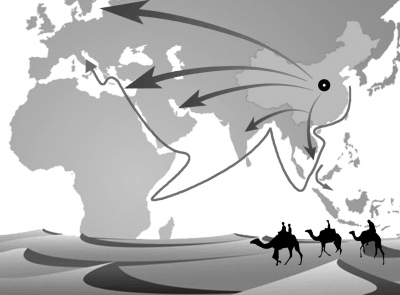
Ding Gang: Belt and Road plays key role in joint terror fight
The key to the Belt and Road lies in the connectivity of interests. Discovering and developing more common interests among different countries and regions through the Belt and Road will boost their cooperation in addressing many a conundrum.
2017-07-13 -
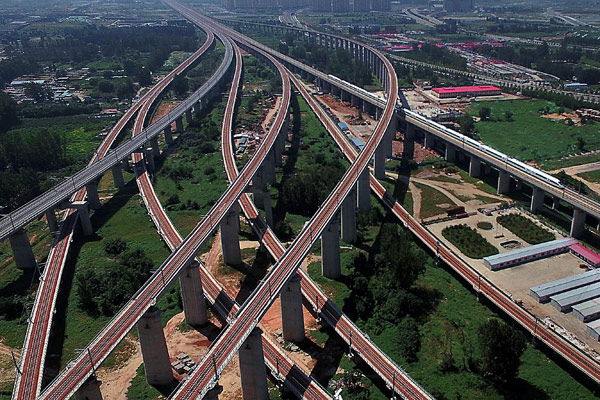
Wang Yiwei: Initiative looks beyond infrastructure
Unlike what traditional globalization theories suggest, the Belt and Road Initiative is largely westbound with a focus on China`s western provinces and landlocked economies in Central Asia. Apart from infrastructure investment, economies along the two routes will have access to China`s production capacity and bricks-and-mortar industries, regardless of their so-called ideological differences.
2017-07-13 -
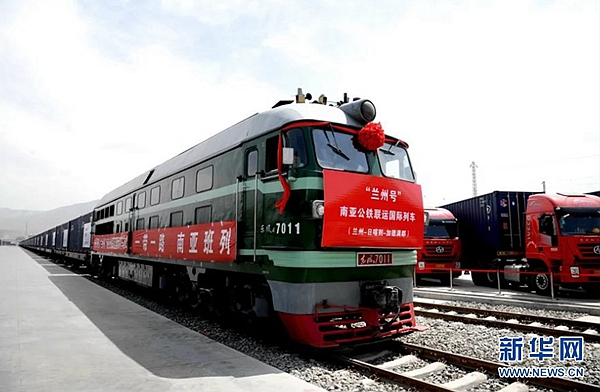
BRI aspirations in Nepal
On May 12, 2016, China`s People’s Daily managed to find a small, yet strategically important space for a brief article with four photographs. These were related to a freight train with 86 cargo containers, waiting at a station in Lanzhou, northwestern China, poised for a journey to the Nepalese capital of Kathmandu.
2017-07-13 -
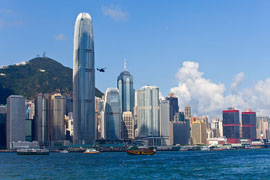
Wan Zhe: B&R can help consolidate Hong Kong’s financial role
In recent years, Hong Kong`s economy has been facing the pain of transition, amid financial turbulence at home and abroad and challenges to Hong Kong`s status as an international financial center from Singapore and other cities. At this critical moment, the Belt and Road (B&R) initiative can endow Hong Kong with new impetus.
2017-07-12 -
Xiang Junyong: The "Belt and Road" and a Growing Role for the Renminbi
The "Belt and Road" initiative – which is aimed at boosting trade and infrastructure investment in neighboring countries – is one of the programs that will help continue this drive.
2017-07-03























































































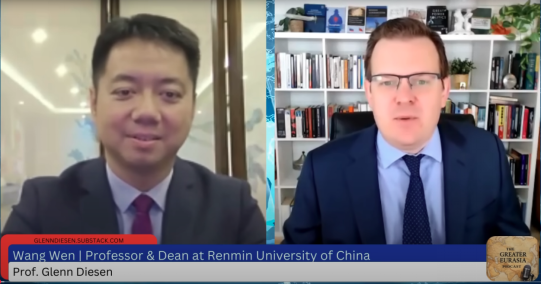
 京公网安备 11010802037854号
京公网安备 11010802037854号





